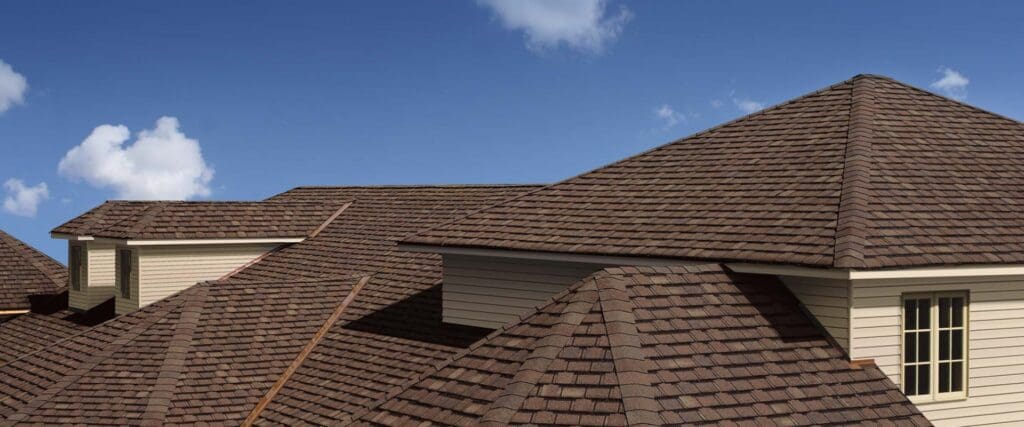
Published on May 27, 2019
This year, Warner Roofing is proud to introduce Thermoplastic Polyolefin (TPO) to our roofing material line up. This is a single-ply, reflective roofing membrane made from two materials combined: rubber and reinforcing filter. It’s typically installed in a fully adhered or mechanically attached system, allowing the white membrane to remain exposed throughout the life of the roof.
Why Thermoplastic Polyolefin (TPO)?
TPO roofing systems have many installation and performance advantages, including incredible energy efficiency. They are also extremely resistant to ultraviolet radiation and ozone exposure.
The product is designed to provide the durability of rubber, but it is more flexible and easier to install because of its hot air weldable seams. It’s been said that TPO is up to four times stronger than seams found on an average rubber roof. It can withstand extreme weather conditions and can be exposed to the sun without losing color.
TPO is very hardy, making it resistant to tears, impact, and punctures, and because it’s so flexible, it can move and adapt to the building as needed. While traditional materials can be a good option for customers, TPO is one of the best roofing options on the market today and can have a lifespan of 10 to 20 years if inspected and maintained well on a yearly basis.
Warner Roofing and TPO
Warner Roofing’s goal is to provide the best roofing material solutions for your unique application and requirements. We are happy to explain more details about TPO and what makes it top notch and are happy to look at your roof to see if this roofing system is a good option.
Warner Roofing is dedicated to professionalism from the moment we answer the phone to the time that we are cleaning up the worksite after we install a new roof. We are experts in the roofing industry and are known for going the extra mile to provide the highest quality customer service.
Not sure where to begin when it comes to roof replacement? Call us today to talk about your roofing project and how we can help.